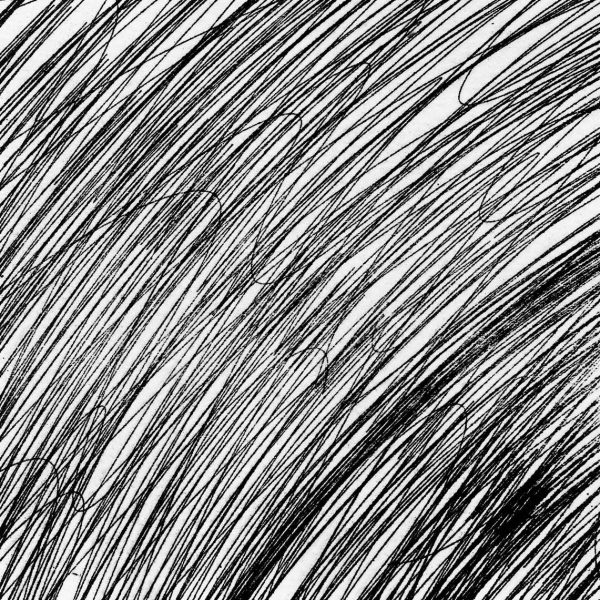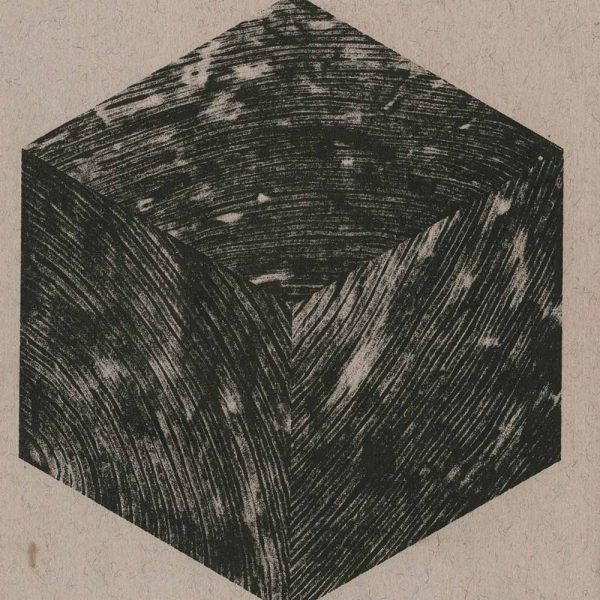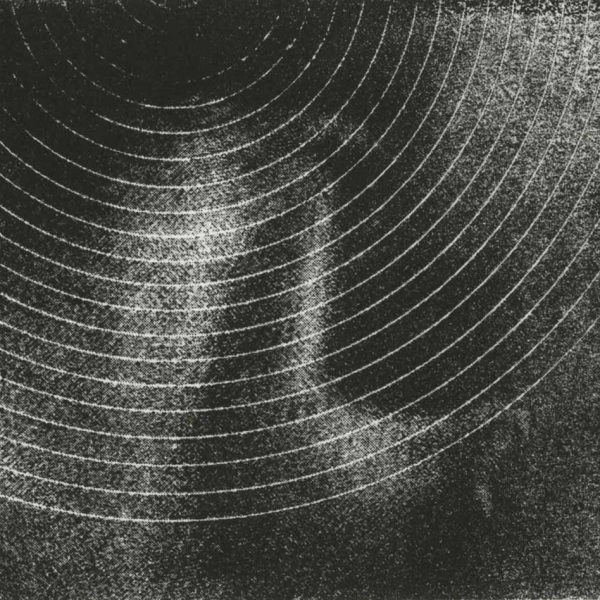Acetone transfer
Materials:
- arabic gum
- nitric acid
- acetone
- toner print from a laser printer or photocopier
- asphalt
- shellac
- rosin and talc

Acetone laser jet print transfer is a quick way to copy a project from a photo or a computer to the stone. Toner transfer with acetone allows for almost 100% transfer of the image from a print to the stone and convert it to a printing matrix. The transfer can be used on its own or can be combined with other techniques.
Not all images are suitable for such a transfer. Delicate tones in the dark, dense parts of the image may disappear. Dark, large, flat areas may not transfer at all, or transfer, but break off together with the transfer paper. The drawing, illustration or the photo should be contrasted.
Acetone used in the transfer procedure is a liquid that evaporates very quickly which is why it is very important to prepare all the necessary materials and tools before we start the procedure.
Put a toner xero copy or a laser jet print on a fine-grained, dry stone (the printed side to the stone). The paper should be attached with small pieces of adhesive tape in sections that do not “block” the drawing (at the back of the drawing). If this happens – the bits covered with the adhesive tape will not transfer to the stone or will transfer in an uncontrolled way.
Make sure to set the stone before transferring the image and prepare the press as for printing, including adjusting the pressure.
To transfer the print you will also need: a sheet of acetone resistant foil, acetone, absorbent material (e.g. a clean cotton cloth) and a sheet of paper larger than the transferred drawing. Depending on the size of the transfer image this card may have different properties – A4 and A3 drawings can be transferred using offset paper (ordinary thin paper for a printer); larger will need using more absorbent and thicker materials, e.g. thin printing paper, preferably pressed several times beforehand compress its structure – e.g. Hahnemuhle 150 g/m. The paper needs to be soaked with acetone on a clean, flat surface (glass, clean printing slab) – this is why you also need to prepare the place in advance.
A clean piece of paper should be placed on a flat, non-absorbent surface and soaked with acetone using an absorbent material (a cotton cloth). The surface should be evenly soaked – the acetone should not pour, it must not also dry out. Immediately put the impregnated paper on the stone and cover it with foil that will stop the acetone from evaporating.
Then immediately pull it under the press.
After releasing the pressure, slowly raise the paper so that in any case of imperfection of the drawing you can put it in the same place and repeat the transfer. If the image tears off, leaving the toner on the stone, the transfer has succeeded.
After dusting with rosin and talc, the toner should be etched depending on the drawing – delicate drawings with weak or even without any acid, dark – with a few drops of acid.
When the stone is dry you can remove the drawing using acetone (turpentine may not work) and rub shellac and asphalt into the surface.
After evaporation of the solvents the stone should be moistened and rolled up with printing ink.
Second etching – depending on the drawing.




